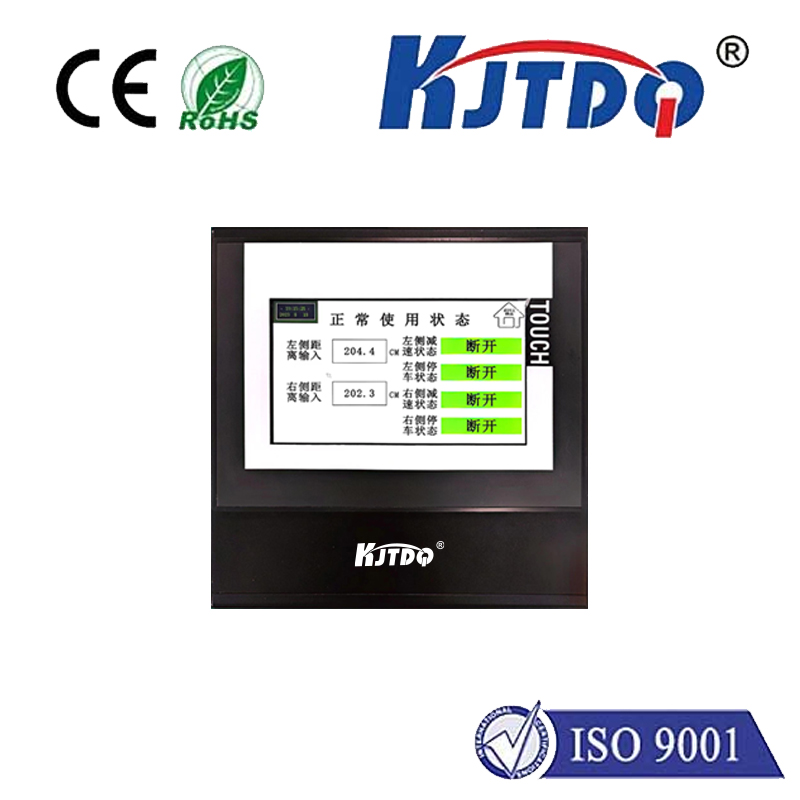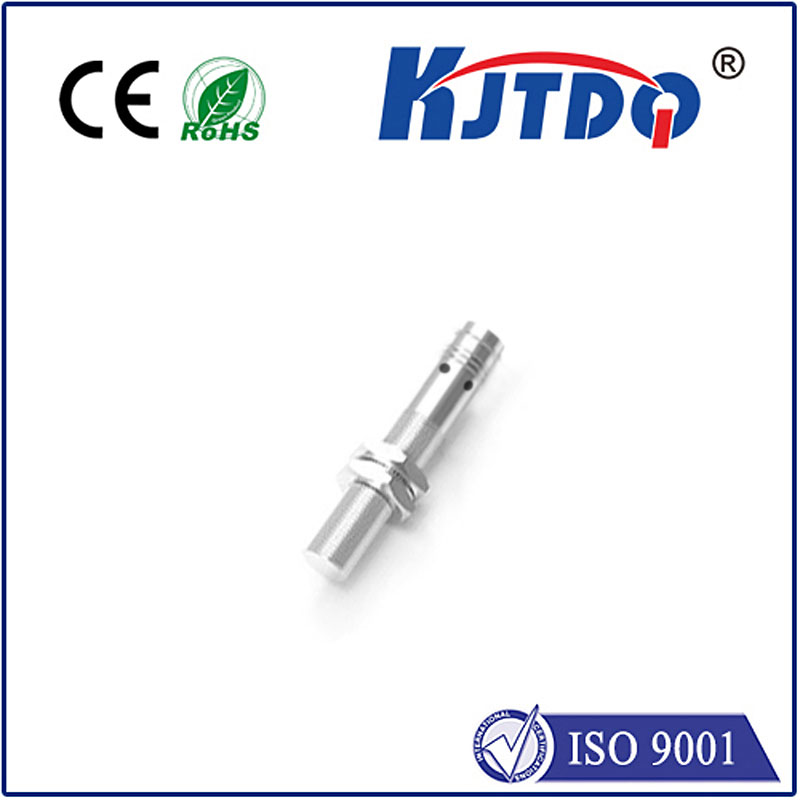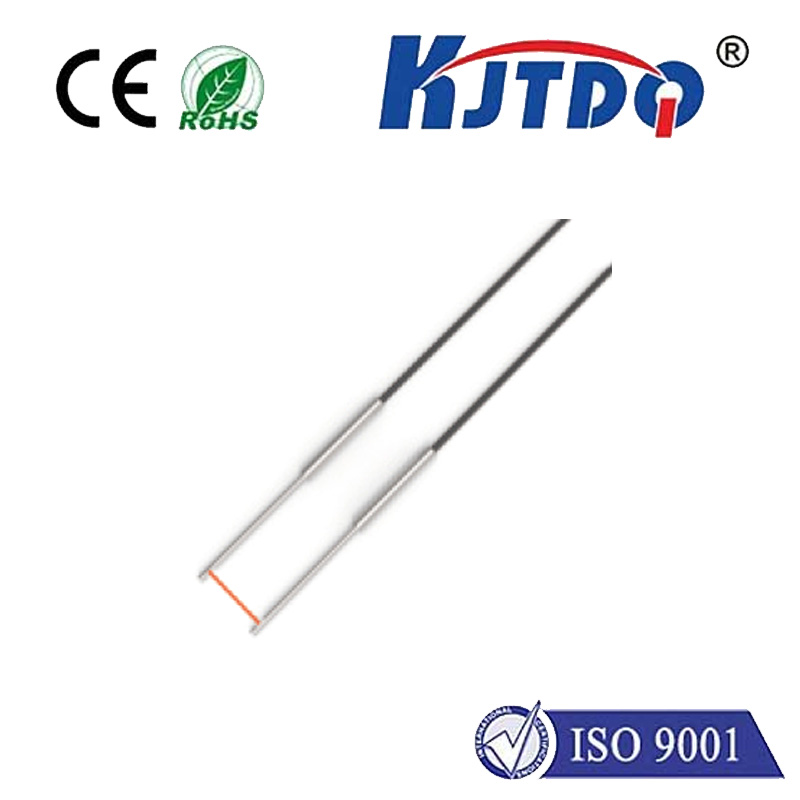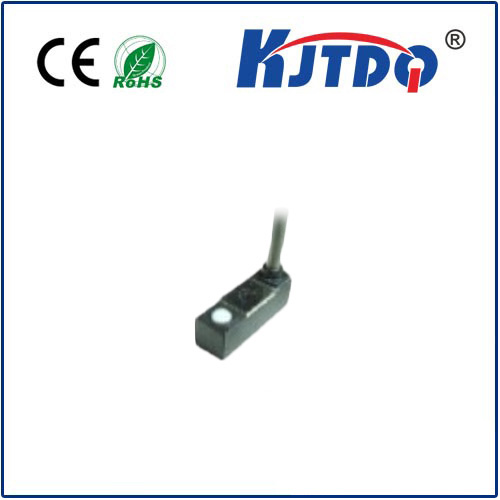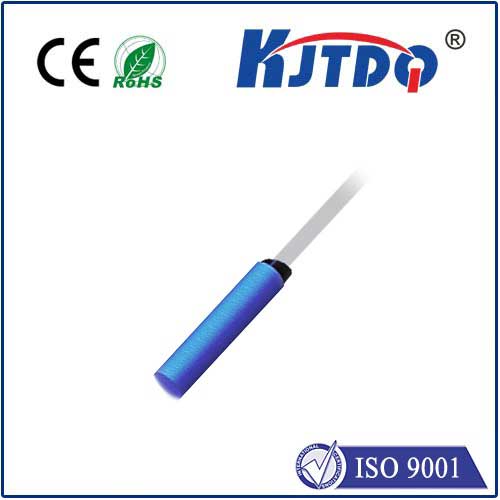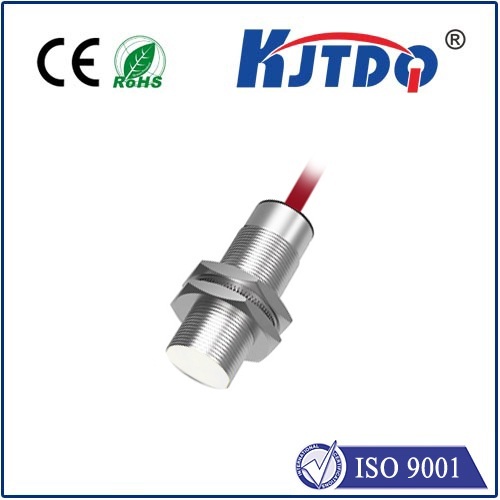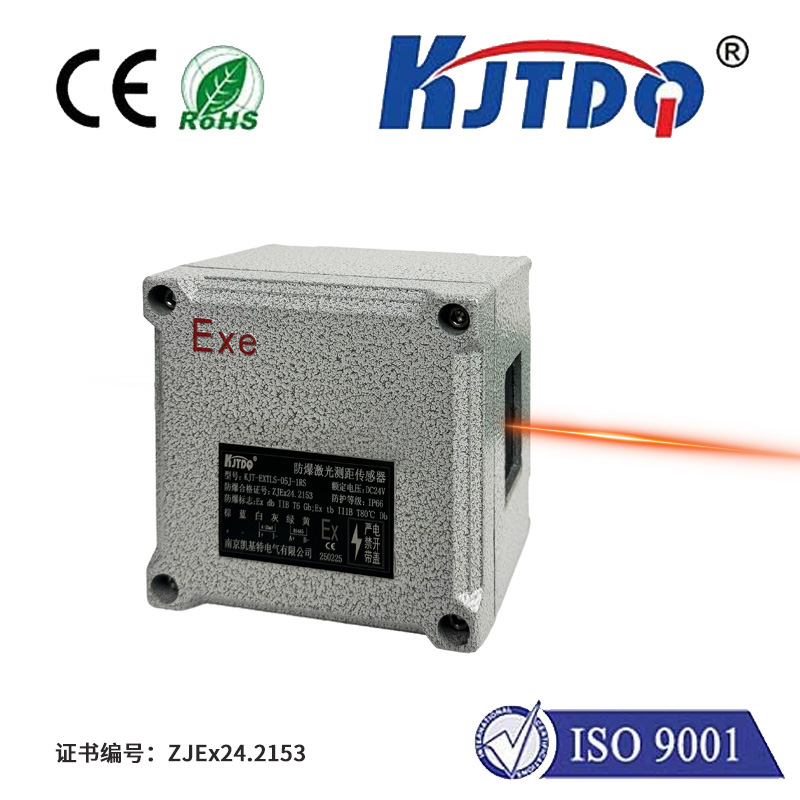photoelectric receiver
- time:2025-07-24 02:33:13
- Нажмите:0
Photoelectric Receivers: The Silent Sentinels Converting Light into Signal
Light. It illuminates our world, carries information across vast distances, and drives technologies we interact with daily. But how do machines “see” this light? How do they translate photons into actionable data? Enter the photoelectric receiver, an unassuming yet fundamentally critical component bridging the gap between the optical and electronic realms. Often working unseen, these devices are the cornerstone of countless modern technologies.
At its core, a photoelectric receiver is a transducer. Its singular purpose is to detect incident light, typically within the visible, infrared, or ultraviolet spectrum, and convert that optical signal into a corresponding electrical signal – usually a current or voltage change. This conversion process leverages the photoelectric effect, a phenomenon famously explained by Albert Einstein, where photons striking a material liberate electrons, generating an electrical charge or modifying conductivity.
Understanding the underlying principle is key. When photons possessing sufficient energy (determined by their wavelength) strike the photosensitive surface (photocathode or semiconductor junction) of the receiver, they transfer their energy to electrons within the material. If this energy exceeds the material’s work function (the energy required to liberate an electron), the electron is ejected. This liberation of charge carriers creates a measurable electrical output directly proportional to the intensity of the incident light under most operating conditions. This direct relationship makes photoelectric receivers exceptionally reliable for light sensing and measurement.

Key Types and Their Characteristics:
Not all photoelectric receivers are created equal. Different applications demand different sensitivities, speeds, and output characteristics. Here’s a look at the most common types:
- Photodiodes: These are arguably the most prevalent type. They operate in either photovoltaic mode (generating voltage when illuminated, like solar cells) or, more commonly for sensing, in photoconductive mode under reverse bias. A reverse-biased photodiode exhibits very low dark current (current flowing without light). When illuminated, its conductivity increases, leading to a significant increase in reverse current proportional to the light intensity. Photodiodes are valued for their excellent linearity, fast response times (often nanoseconds), compact size, and robustness. They are found in fiber optic communication, light barriers, position sensors, and medical instruments.
- Phototransistors: Essentially a bipolar transistor where light acts on the base-collector junction instead of an electrical base current. The incident light generates base current, which is amplified by the transistor’s gain, resulting in a much larger collector current. This internal gain makes phototransistors significantly more sensitive to light than simple photodiodes. However, this comes at the cost of slower response times (microseconds or more) and potentially less linearity. They excel in applications like object detection, opto-isolators, and simple light-level sensing where high speed isn’t paramount but sensitivity is beneficial.
- Photoresistors (LDRs - Light Dependent Resistors): These components change their electrical resistance based on incident light intensity. Typically made from cadmium sulfide (CdS), their resistance decreases (conductivity increases) as light intensity increases. They are simple, inexpensive, and offer high resistance change. However, they suffer from relatively slow response times and can exhibit memory effects (resistance changing slowly after light exposure ceases). LDRs are common in simple ambient light detection (e.g., automatic street lights, camera exposure meters in older devices) and low-cost light/dark triggers.
Critical Performance Parameters
Selecting the right photoelectric receiver hinges on understanding several key parameters:
- Spectral Sensitivity: Different materials respond to different wavelengths of light. A receiver designed for near-infrared (NIR) won’t be effective for blue light detection unless specifically modified. Matching the receiver’s peak wavelength to the light source is crucial.
- Responsivity: Measured in Amperes per Watt (A/W), this indicates how much electrical current is generated per unit of incident optical power. Higher responsivity equals greater sensitivity.
- Response Time (Rise/Fall Time): The speed at which the receiver can respond to changes in light intensity. Critical for high-speed communication (photodiodes) or fast-moving object detection.
- Dark Current: The small current that flows through the device even when no light is present. Lower dark current is generally desirable for detecting very low light levels, as it reduces noise. This is a key metric for photodiodes.
- Active Area: The size of the light-sensitive region. Larger areas collect more light (increasing sensitivity) but can increase capacitance, potentially impacting speed.
- Linearity: How consistently the electrical output is proportional to the light input over a specified range. Essential for accurate measurement applications.
Ubiquitous Applications: Where Light Detection Matters
The photoelectric receiver is indispensable across a staggering array of industries:
- Промышленная автоматизация: The backbone of photoelectric sensors used for object detection, counting, positioning, and level control on production lines. Reliable optical sensing ensures precision and efficiency.
- Safety Systems: Beam interruption systems guarding hazardous machinery areas, smoke detectors using light scattering principles, and automatic doors utilize receivers to trigger safety protocols based on light interruption or presence.
- Telecommunications: High-speed photodiodes are fundamental in fiber optic communication, converting modulated light pulses traveling down glass fibers back into electrical data signals at incredible speeds.
- Consumer Electronics: Ambient light sensors (often photodiodes) automatically adjust smartphone/tablet screen brightness. Remote controls use IR receivers (e.g., photodiodes or phototransistors) to decode signals. Barcode scanners rely on rapid light detection.
- Medical Technology: Photoelectric receivers are vital in pulse oximeters (measuring blood oxygen via light absorption), analytical instruments (spectrophotometers), and imaging devices.
- Scientific Instruments: Found in spectrometers, particle counters, laser rangefinders, and environmental monitoring equipment where precise light detection is non-negotiable.
Choosing the Right Receiver
Selecting the optimal photoelectric receiver involves careful consideration: What is the light source wavelength and intensity? Is speed critical? What level of sensitivity is required? What electrical output (current, voltage, resistance change) is needed, and how will it interface with downstream circuitry? What are the environmental conditions (temperature, humidity)? Answering these questions guides the choice between a fast but low-gain photodiode, a sensitive yet slower phototransistor, or a simple, cost-effective photoresistor.
From the mundane task of turning on a streetlight at dusk to enabling the high-bandwidth internet connecting the world, photoelectric receivers perform their vital task quietly and consistently. Their ability to translate the ephemeral nature of light into concrete electrical signals makes them one of the most foundational building blocks of our technological age, a true testament to the power of the photoelectric effect harnessed for practical use. Their role as the essential translators of the optical world is secure and constantly evolving alongside the technologies they enable.

